China Calling: Huawei’s Media Tour, Kirin 950 and Why We Went
by Ian Cutress on December 4, 2015 8:00 AM ESTIt’s Just Another Smartphone Manufacturer™
However, part of the tour of the main Shenzhen campus stood out to me (Ian) personally. Whenever we speak about Huawei, the focus is always on the smartphone market, because that is what most people can relate to as that is what our readers can actually hold something made by Huawei in their hand. But interestingly enough, consumer smartphones only account for 30% of the company’s revenue. Huawei puts a lot of resources into backbone networking and infrastructure, which accounts for 40% of the revenue.
A Huawei Cloud Base Station with many network ports and custom silicon inside
Arguably, if we were trying to cover the important markets for some of these companies (such as MediaTek as well), then networking and infrastructure would be as important as smartphones, if not more so. So we were told about Huawei’s march to 4G/4.5G/5G, as well as MIMO antennas, base stations, but also data analytics management and services to mobile carriers and other markets.
One element remained consistent within this: Huawei hardware was in the machines that powered them, which included a large array of HiSilicon ICs and heatsinks covering almost everything. There were quite clearly a number of devices attached to lots of Nanya memory (up to eight dies on one example board shown), as well as a series of what looked like HiSilicon PCIe-like switches.
HiSilicon was founded in 2004 as a subsidiary of Huawei, but the company has roots further back into the 90's when it was still known as Huawei's ASIC Design Center. Ever since, the subsidiary has diversified in a lot of market segments such as mobile, networking, video surveillance, DVB or IPTV. The company was proud to proclaim that it was the first to offer silicon based on ARM's Cortex A57 - these are server SoCs with up to 16 or 32 cores and 32MB of L3 cache. The DVB and TV market is also one of the rarely talked about markets in which companies such as MediaTek and Samsung offer a wide range of custom solutions, and it seems HiSilicon also has a range of products for the segment such as an A17-based SoC that we hadn't heard of earlier.
![]() Custom Huawei SoC, relating to networking
Custom Huawei SoC, relating to networking
In many of the devices on display in Huawei's showroom, there was a number of copper and fiber connections in almost everything, to the point where even the mini small-cell implementations had 10GBase-T and seemed to be powered by PoE (power over Ethernet).
We asked about Huawei’s application in this space, and the answer was from origin to end user – from the data center to device. Within this, the data analytics part was interesting. Carriers that use Huawei backbone implementations, either by direct purchase or lease, have access to their monitoring software and can analyze what sorts of data their users are processing – either pure data, certain web servers, streaming video and so on. Huawei stressed the point that while they can provide general hardware or work with specific customers on a custom solution, the actual processing of what their customers want to do with the data their clients produce is up to them.
“4-in-One Multi System on Chip Smooth Evolve to LTE-A”
capable of GSM, UMTS, FDD LTE and TDD LTE
With the internal metrics of throughput or the results of the customer analyzed data, both the customer and/or Huawei can deploy infrastructure to cover blackspots or enhance the direction of content – in one scenario, we saw a mockup of Huawei’s software which had what can be described as ‘Amazon Recommendations’. It was almost as clear as ‘your users seem to be requiring this (a) in regions (b)(c), we recommend the following products (x)(y)(z)’. There was no particular mention of any common PCIe accelerators usually associated with data analytics (Xeon Phi, GPUs, FPGAs), which makes us wonder how much is custom HiSilicon compared to off-the-shelf parts. Of course within all this, Huawei offers a sustained servicing and maintenance package, similar to how big tech firms bring in the revenue after selling the hardware.
So here’s in interesting thought – Huawei is in the SSD business. That pretty much came out of left field, but it in retrospect it should have been one of those things that was probably pretty obvious. Here’s a PCIe SSD, with a custom HiSilicon Hi1812 controller supporting PCIe 3.0, NVMe, 800K IOPS and 3.1 GB/s of read bandwidth with MLC planar NAND. That makes it sound like there’s a RAID controller in there, as no individual single controller we know of can reach those speeds (Samsung’s MGX can do 2.5 GB/s). There’s no telling if it uses an ARM IP variant or a custom ISA developed by HiSilicon, which makes it interesting. Underneath the explanation of the Hi1812 are a couple of other choice parts, scratching the surface of just how deep the rabbit-hole goes.
Because Huawei has HiSilicon to develop custom hardware and SoCs fit for purpose, it allows the vertical integration element to be rather interesting from the outside. We’ve talked before about how HiSilicon keeps its cards close to its chest, and in a similar situation to some of ARMs partners that do not make announcements, we can start to get a picture of just how deep HiSilicon permeates into Huawei’s infrastructure division and how most of us probably have data that has passed through Huawei-based networking products through the web, and how much the hardware is a part of that process.
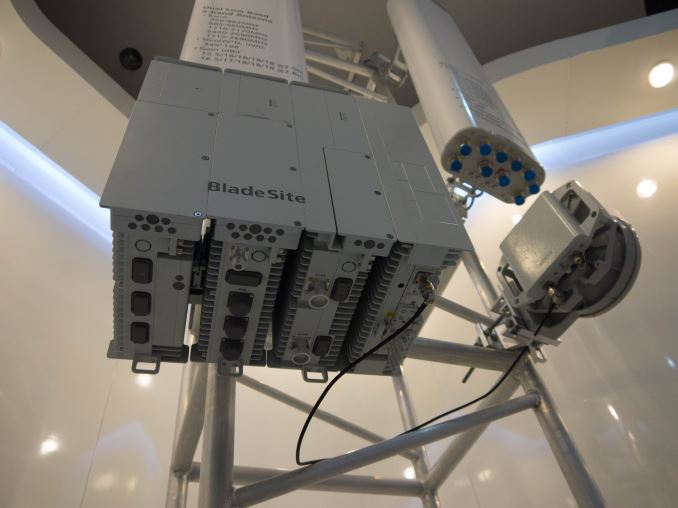
Blade-like modular baseband-station and antennas
For any of our UK readers, with the recent trip of Xi Jinping to the UK you may have heard the recent discussions in the UK about having China invest in our new power plants. The concept of this for some citizens results in the fear about having China as part of that process. But most people don’t realize that China as a provider is already in the ecosystem – when people access the internet, their data most likely goes through a series of hops that might include Huawei network switches between device and <insert email client> or <insert social media network platform> or when a website script may call on services elsewhere on the web and you don’t even realize. So aside from the commonly named network infrastructure players in the west, such as the commonly known Cisco, Alcatel-Lucent, Nokia or Ericsson, there are players such as a Huawei or a MediaTek that have their arms in the game as well. Given how vast the market is, especially for total worldwide revenue, there are many players that the general public (or even technology magazine readers) won’t have ever heard of.


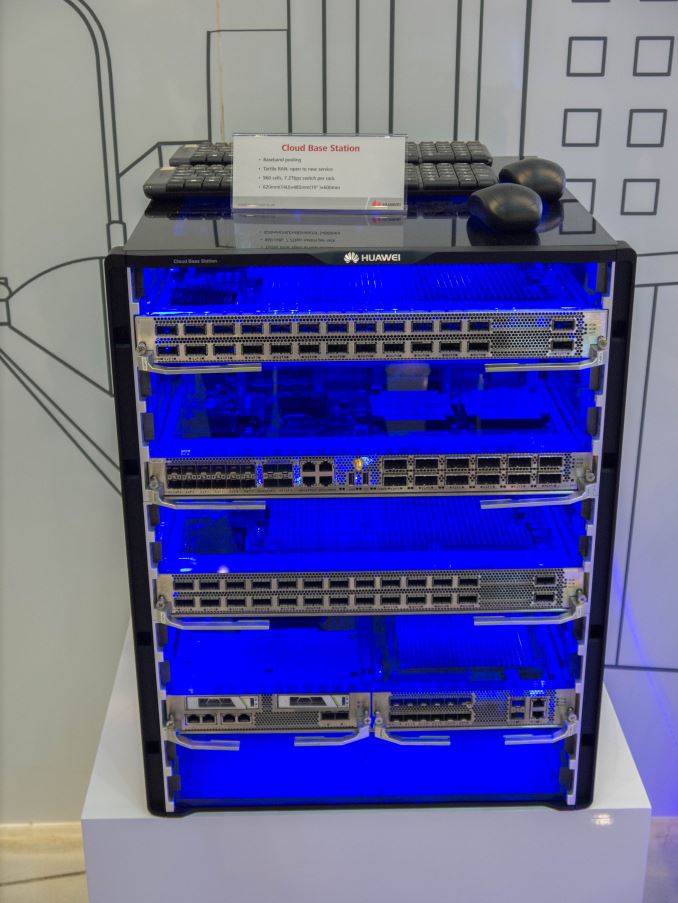
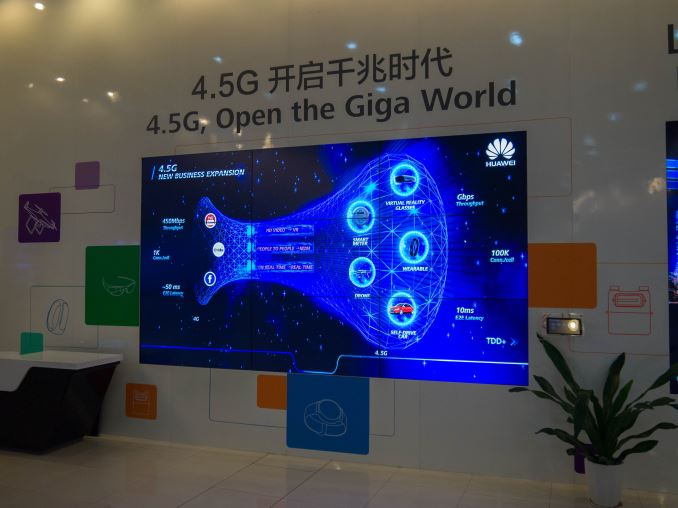
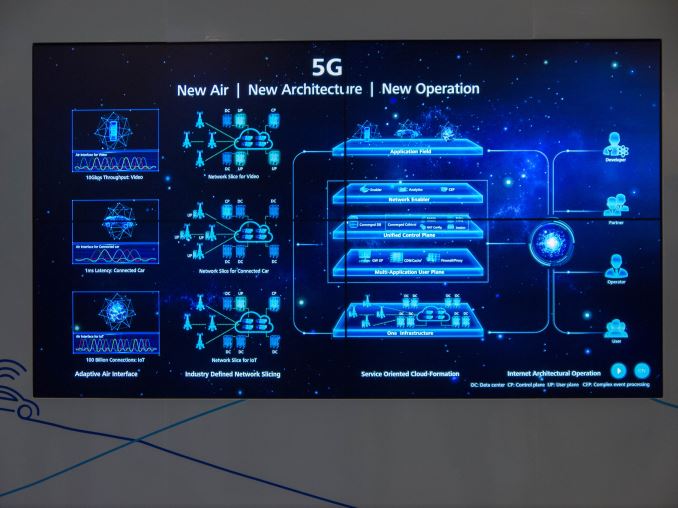
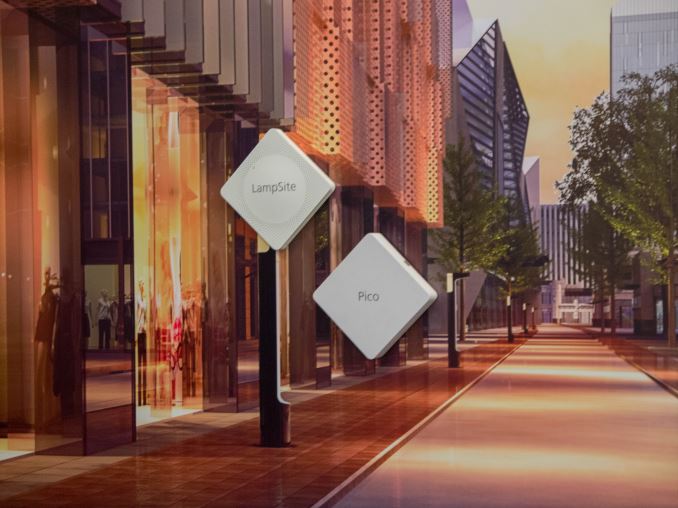

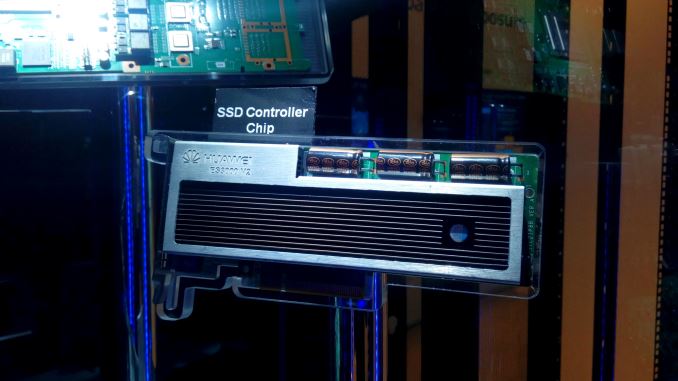
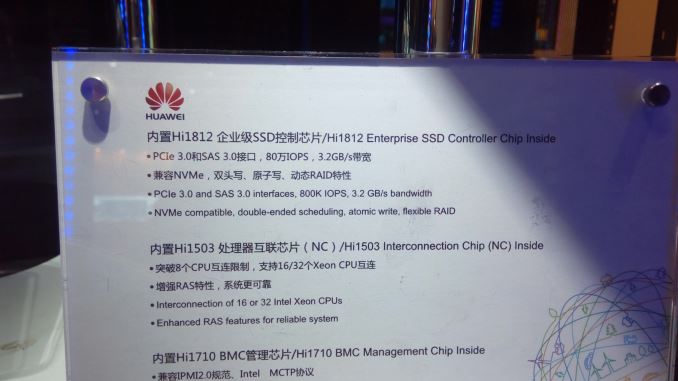








109 Comments
View All Comments
s.yu - Sunday, December 6, 2015 - link
Why you certainly hold yourself to high standards! If you have $1000, you could try to get dirty rich with it, or you could try to fulfill some proper dream and make yourself some money in the progress. Their business practices make it very clear that they're preying off the ignorance of the masses, and they try very little to conceal it. That's why it's repulsive.buhusky - Friday, December 4, 2015 - link
Did you bring a burner phone and laptop with you?tipoo - Friday, December 4, 2015 - link
I agree with this entirely -"My argument was slightly different, especially if we compare to the industries I regularly write about; from my perspective, I’d prefer to test the popular devices. With a $600 smartphone, everyone has an opinion on the design, the hardware, the benchmark results, or simply fanboyism, but not everyone has $600 to spend. While a lot of users might discuss the virtues online, or debate over small details, the reality is that a good portion will opt for something around the $250-$300 range for their main device or family devices, depending on contract, region, availability and other features. This is similar to when we get $2000 laptops, or $500 motherboards – lots of discussion, but in reality fewer people will buy them and go for the $800 2-in-1s or sub-$160 motherboards."
Budget-mid range laptop and smartphone reviews are just as interesting to me as the flagships.
Communism - Saturday, December 5, 2015 - link
Indeed. Spending 600 USD on a phone made up of ~100-120 USD worth of essentially commodity parts is a reflection of the complete lack of consumer awareness or care for anything and everything other than fashion.Fashion being a primary concern of consumers is incompatible with capitalism as the only regulatory mechanism in capitalism is the consumer's purchase of the product (Homo economicus).
V900 - Saturday, December 5, 2015 - link
That is literally one of the dumbest things I read in the comments here for a very long time...The price of the materials and wool in a high quality, custom fit 400$ suit is also around 20$...
Because guess what, there are many other factors involved in the retail price of something, than the price of the components involved.
Even Apple, who have the highest margins in the business only makes about 200$ on a 6-700$ phone, which goes to show how meaningless BoM guesstimates of the price of components are...
s.yu - Saturday, December 5, 2015 - link
One-up that.Daniel Egger - Friday, December 4, 2015 - link
Interesting read but actually more due the information what you (and potentially whole leading countries on this planet) do not know about Huawei than some new facts.Amandtec - Friday, December 4, 2015 - link
I was believing everything until you said the VP's name is Bruce Lee. April fools. Ha ha. You got me.davegraham - Friday, December 4, 2015 - link
did they mention their founder's ties to the PLA at all? I'm curious since that seems to be fudded around a bit and was one of the primary reasons why Huawei has had almost no penetration in the US MSP, Gov't, and other (I2, ES2, etc.) backbone space. Honestly asking, not trying to fluff.name99 - Friday, December 4, 2015 - link
"Throughout all of this, it becomes clear that there is a white elephant in the room."Mixed metaphors. You can have a "white elephant" (a pointless project pursued for the sake of vanity and showing off) or "an elephant in the room" (an obvious point that everyone is aware of, but everyone is also embarrassed to bring up) but it's extremely rare that you want both in the same sentence and certainly not (yet) in this case. (IF Huawei's push into the US is very expensive and very unproductive, and becomes generally known as such, then in five years or so the sentence WOULD work and would be witty --- but not yet.)
At least you didn't also mix blind men and elephants, or pink elephants, into the sentence!